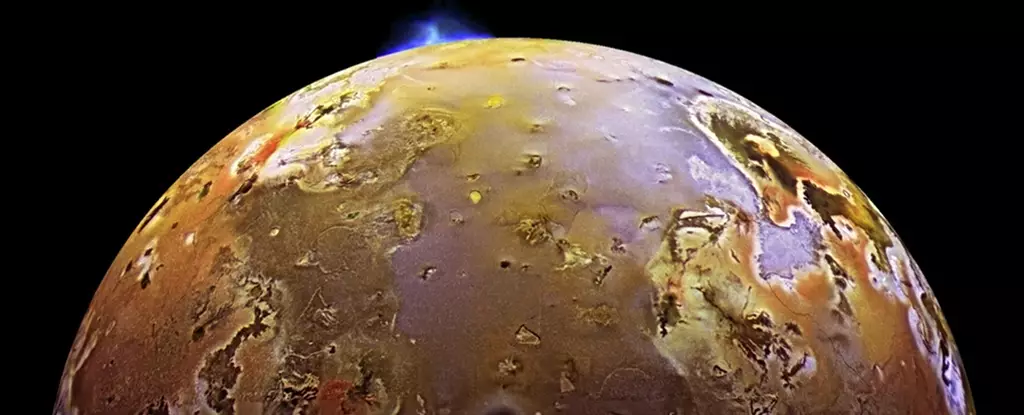The Large Binocular Telescope (LBT) on Mount Graham in Arizona has opened up a new era in ground-based telescope imaging technology. By utilizing high-resolution adaptive optics and sophisticated instruments like the new SHARK-VIS, the LBT has achieved unprecedented clarity and detail in its images of Jupiter’s moon Io. These images, capturing surface features as small as 80 km, rival the resolution of spacecraft imagery, providing valuable insights into Io’s volcanic activity.
Breakthrough Discoveries
The team led by Al Conrad from the University of Arizona made a significant breakthrough by capturing detailed images of Io’s resurfacing event using the LBT and its cutting-edge SHARK-VIS instrument. These images revealed a major volcanic eruption sequence, shedding light on the dynamic geological processes occurring on the moon’s surface. Such detailed observations were previously unattainable from Earth-based telescopes, marking a major milestone in planetary science research.
Io, Jupiter’s innermost moon, has long been a subject of scientific fascination due to its intense volcanic activity. The unique orbital resonance between Io, Europa, and Ganymede, combined with Jupiter’s gravitational forces, creates a highly dynamic environment that fuels the moon’s volcanic eruptions. By closely monitoring these eruptions and surface changes on Io, scientists hope to unravel the mysteries of tidal heating mechanisms and planetary geology, offering valuable insights into Earth’s geological history.
The groundbreaking observations made possible by the LBT and SHARK-VIS have far-reaching implications for planetary science. By studying Io’s volcanic features in unprecedented detail, researchers can gain a better understanding of volcanic processes on Earth and other celestial bodies. This knowledge may help explain why some planets, like Venus, exhibit active volcanism, while others, like Mars, show signs of past volcanic activity. Furthermore, the ability to observe surface features on distant planets and asteroids with such clarity opens up exciting possibilities for studying geological processes across the Solar System.
The success of the LBT and SHARK-VIS in capturing high-resolution images of Io’s volcanic activity paves the way for future discoveries in planetary science. As new advancements in adaptive optics and imaging technology continue to improve, astronomers can look forward to even sharper and more detailed observations of celestial bodies. The potential for exploring geological activity on exoplanets and asteroids holds promise for uncovering the mysteries of planetary formation and evolution, providing valuable insights into the diversity of worlds beyond our Solar System.
Overall, the revolutionary advance in ground-based telescope imaging achieved by the LBT and SHARK-VIS represents a significant leap forward in our understanding of the Universe. By pushing the boundaries of observational capabilities and capturing unprecedented detail in planetary images, these cutting-edge technologies are shaping the future of planetary science and astronomy, opening up new avenues for exploration and discovery.


Leave a Reply